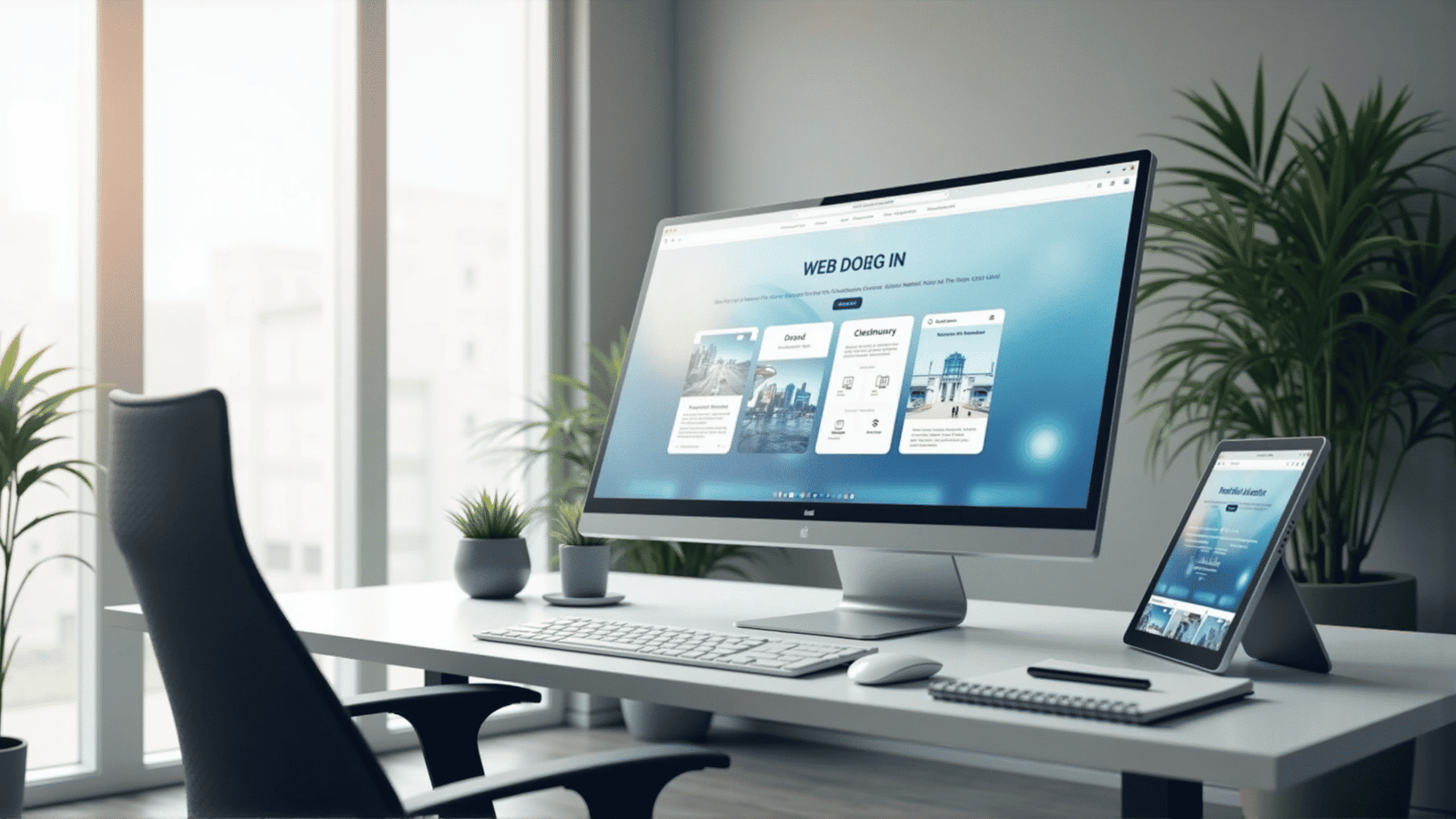In the dynamic realm of web design, creating a visually appealing site is important, but it is equally essential to ensure the site functions seamlessly. Striking the perfect balance between aesthetics and functionality is thus a critical endeavor for designers. By understanding the key principles of both, you can create a harmonious relationship between how a website looks and how it performs, ultimately crafting a user experience that is as pleasant as it is efficient.
Understanding Aesthetics and Functionality
Aesthetics in web design refers to the visual elements of a site. This includes layout, color schemes, typography, images, and overall visual appeal. An aesthetically pleasing website grabs users’ attention, conveys a brand’s identity, and creates an emotional connection with visitors.
Functionality, on the other hand, pertains to how well a website works — its usability, navigation, load speed, mobile responsiveness, and interactive elements. It ensures that visitors can navigate the site smoothly and find the information they need without hindrance.
The Principles of Harmonization
-
User-Centric Design: Aim to create a design that appeals directly to your target audience. Utilize personas to anticipate what appeals to them aesthetically while also considering common functionalities they might expect. This user-centric approach ensures that every decision made serves the ultimate goal of enhancing the user experience.
-
Consistency: Consistency in design elements such as typography, color, and button styles leads to a sense of cohesion. However, consistency should extend further to user interaction patterns, ensuring visitors can predict what will happen as they engage with the site.
-
Prioritizing Usability: An overly complex design can hamper usability. Adopt simple and intuitive layout designs. The Nielsen Norman Group emphasizes that users must be able to recognize, rather than recall, where they are and what they can do next. The more intuitive the navigation, the better the user experience.
-
Venturing into Minimalism: Less can indeed be more in web design. By reducing clutter and focusing on essential elements, you encourage users to engage with your content. A minimalist approach not only enhances functionality by speeding up load times but also amplifies aesthetic appeal by offering visual clarity.
-
Responsive Design: Given the variety of devices used by audiences today, a responsive design ensures that your website provides a fantastic aesthetic and functional experience across different platforms and screen sizes. This adaptability is non-negotiable in achieving harmony.
-
Balancing Text and Visuals: While images can capture attention and convey messages quicker than text, they shouldn’t overshadow the essential information conveyed through text. A balance between the two ensures that your site remains both informative and attractive.
Implementing Aesthetics and Functionality
-
Experiment and Iterate: Web design is not static. Utilize A/B testing to explore different design choices and see how they affect user engagement. Gather feedback and make iterative improvements to find creative solutions that benefit both aesthetics and functionality.
-
Quality Over Quantity: Always prioritize high-quality visuals and user experiences over having too many features that may slow down your site or confuse the user.
-
Storytelling Through Design: Use visuals to tell your brand’s story effectively without compromising on ease of navigation and clarity.
Conclusion
Balancing aesthetics and functionality in web design is both a science and an art. It requires a deep understanding of your audience, a commitment to their experience, and a purposeful integration of visual and functional elements. By consistently aligning the beauty of design with the purpose it serves, designers can create websites that are both an aesthetic delight and a functional powerhouse. This equilibrium is what turns visitors into loyal users, enhancing both engagement rates and brand perception.
